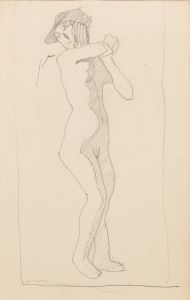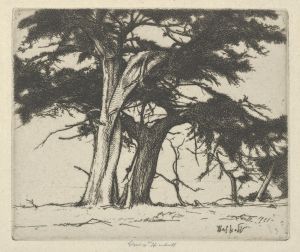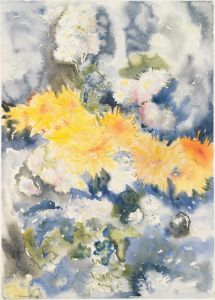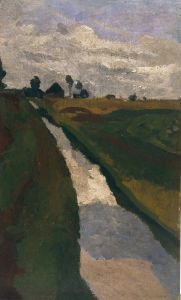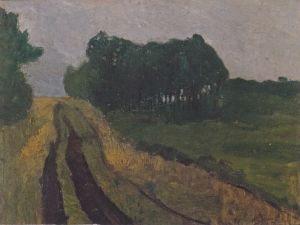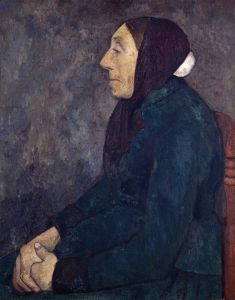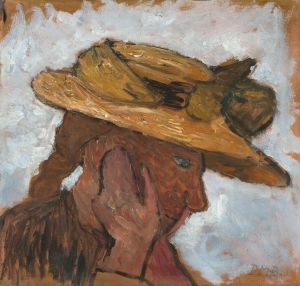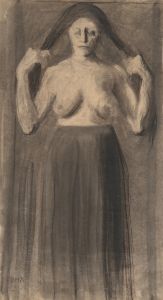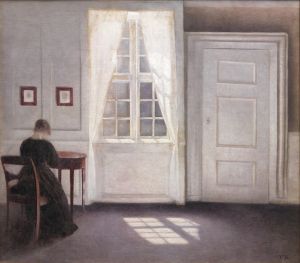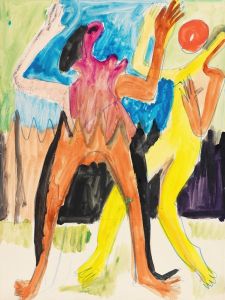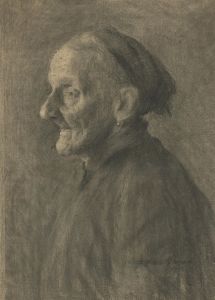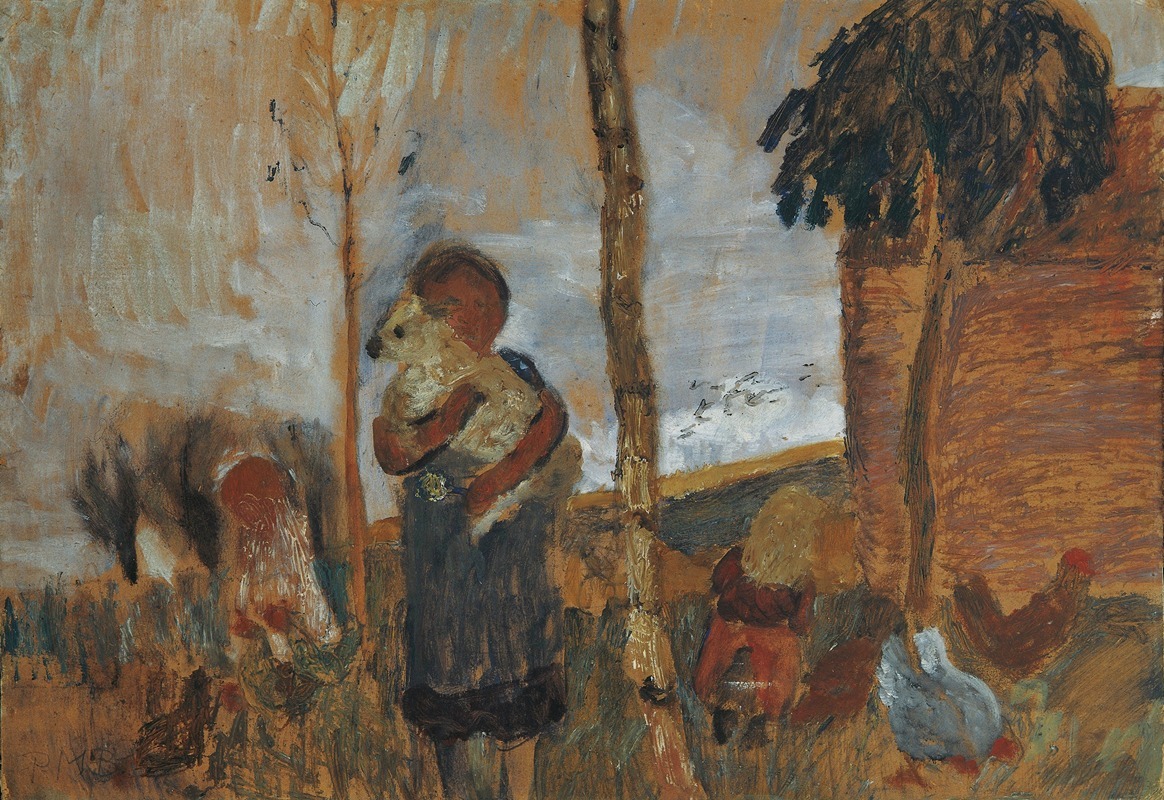
Children and chickens in front of a landscape
A hand-painted replica of Paula Modersohn-Becker’s masterpiece Children and chickens in front of a landscape, meticulously crafted by professional artists to capture the true essence of the original. Each piece is created with museum-quality canvas and rare mineral pigments, carefully painted by experienced artists with delicate brushstrokes and rich, layered colors to perfectly recreate the texture of the original artwork. Unlike machine-printed reproductions, this hand-painted version brings the painting to life, infused with the artist’s emotions and skill in every stroke. Whether for personal collection or home decoration, it instantly elevates the artistic atmosphere of any space.
"Children and chickens in front of a landscape" is a painting by Paula Modersohn-Becker, a notable German painter and one of the most important early expressionists. Modersohn-Becker was born on February 8, 1876, in Dresden, Germany, and she became a central figure in the Worpswede artist colony, which was known for its focus on naturalism and rural life.
This painting, created in 1902, exemplifies Modersohn-Becker's unique style, which blends elements of realism with early expressionist tendencies. The artwork depicts a serene rural scene featuring children and chickens set against a tranquil landscape. The composition is characterized by its simplicity and the use of earthy tones, which are typical of Modersohn-Becker's palette during this period.
Modersohn-Becker's approach to painting was innovative for her time. She often focused on everyday subjects, such as children, women, and rural life, and she had a particular interest in capturing the innocence and simplicity of childhood. In "Children and chickens in front of a landscape," she portrays the children and chickens with a sense of immediacy and intimacy, emphasizing their connection to the natural world.
The painting reflects Modersohn-Becker's interest in the human figure and her ability to convey emotion through her subjects. The children in the painting are depicted with a sense of calm and contentment, suggesting a harmonious relationship with their environment. The chickens, scattered around the children, add a dynamic element to the composition, creating a sense of movement and life.
Modersohn-Becker's work was influenced by her studies in Paris, where she was exposed to the works of the Post-Impressionists, including Paul Cézanne and Vincent van Gogh. This influence is evident in her use of bold colors and simplified forms, which can be seen in "Children and chickens in front of a landscape." Her time in Paris also introduced her to the emerging expressionist movement, which would later become a defining characteristic of her work.
Despite her innovative approach to painting, Modersohn-Becker's work was not widely recognized during her lifetime. She faced significant challenges as a female artist in a male-dominated field, and her work was often overshadowed by that of her male contemporaries. However, her contributions to the development of modern art have since been acknowledged, and she is now celebrated as a pioneering figure in early 20th-century art.
"Children and chickens in front of a landscape" is a testament to Modersohn-Becker's ability to capture the essence of rural life with sensitivity and depth. The painting remains an important example of her work and continues to be appreciated for its artistic and historical significance. Today, Paula Modersohn-Becker is recognized as a trailblazer who paved the way for future generations of artists, particularly women, to explore new forms of expression and to challenge traditional artistic conventions.





